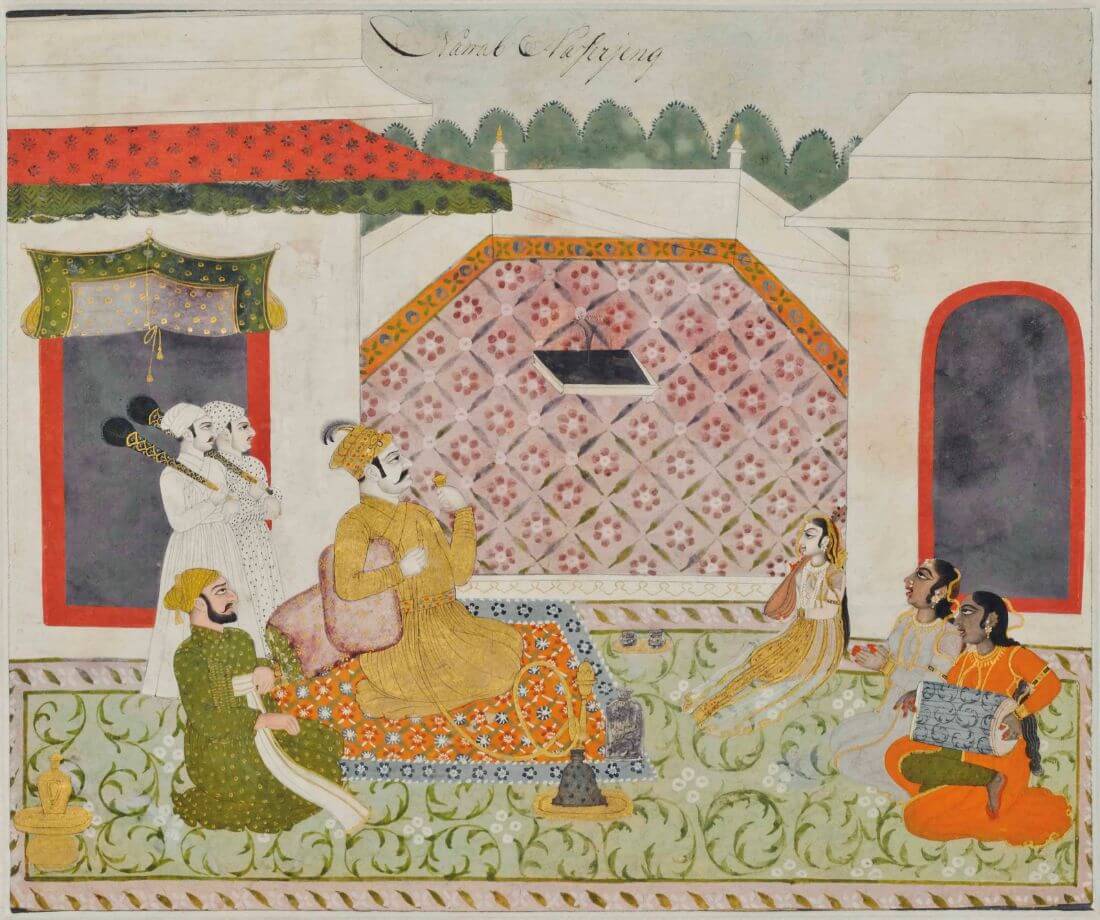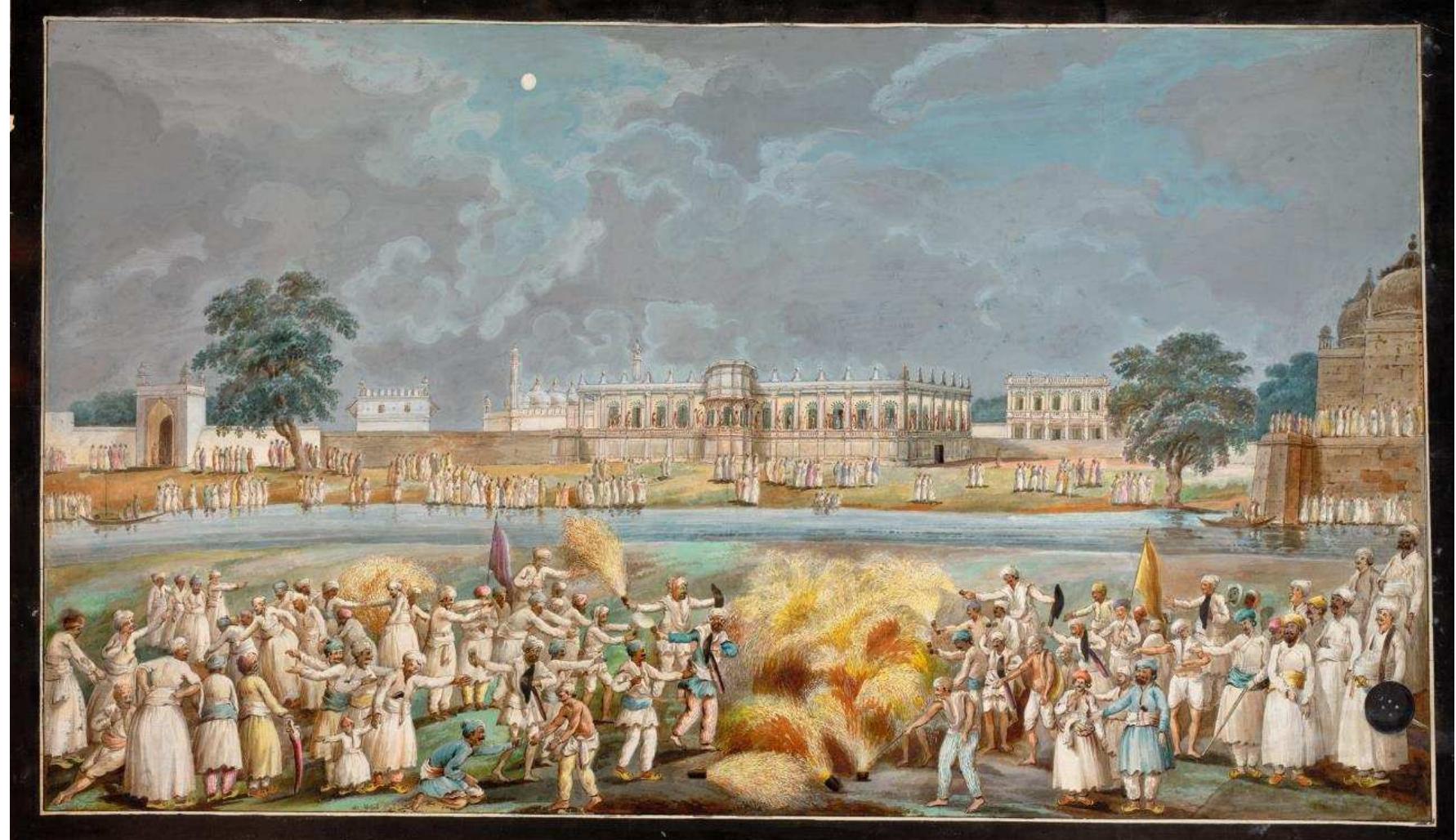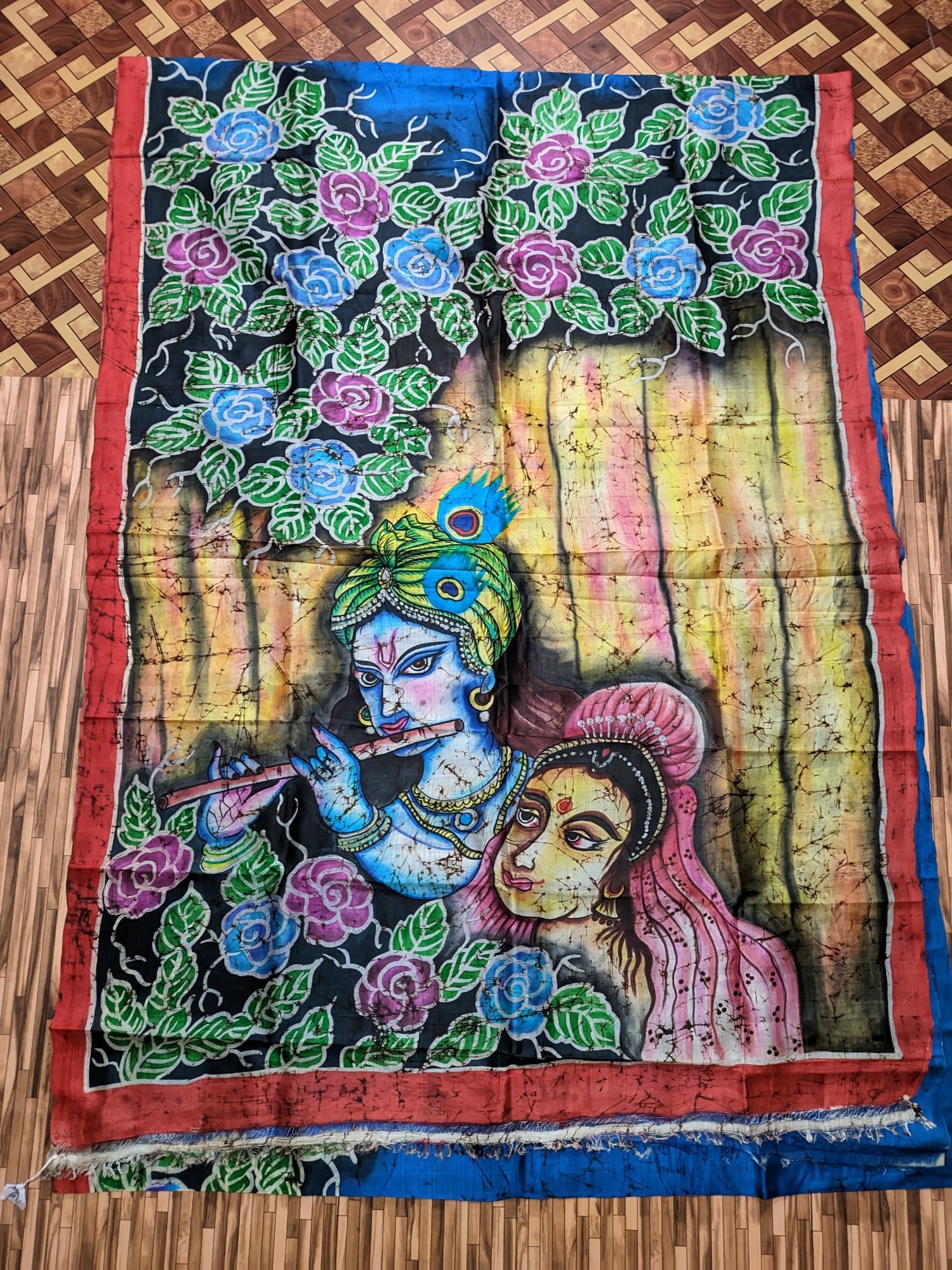
Menu

Murshidabad, once the flourishing capital of Bengal under the Nawabs in the 18th century, played a pivotal role in the evolution and preservation of Mughal miniature painting. As the Mughal Empire began to wane in Delhi, many court artists sought patronage elsewhere—and Murshidabad, with its wealth and royal favor, became a significant cultural refuge.
After the fall of the imperial court in Delhi and the shifting power dynamics, Murshidabad emerged as a prominent provincial center that continued the Mughal artistic legacy. The Nawabs of Bengal, especially Alivardi Khan and Siraj ud-Daulah, were known patrons of art and literature. They welcomed skilled miniature painters from Delhi, Agra, and Awadh, allowing a localized version of Mughal art to take root in Bengal.
The Murshidabad school of painting developed as a distinct offshoot of Mughal miniatures, characterized by softer colors, delicate facial expressions, and themes that blended Persian courtly elegance with local Bengali influences. Unlike earlier Mughal art, which often focused on imperial grandeur and battle scenes, Murshidabad miniatures leaned toward romantic, religious, and everyday life themes.
Popular subjects included:
Artists in Murshidabad followed the Mughal method of preparing handmade paper, using fine squirrel-hair brushes, and mixing mineral and vegetable pigments with gum arabic. Gold leaf was sometimes used to highlight luxurious clothing or divine figures. The attention to miniature detail remained central, but the lines were often more fluid and rounded compared to the crispness of early Mughal work.
The British colonization and fall of the Nawabs led to a gradual decline in patronage, and Murshidabad miniature painting suffered as cheaper, mass-produced prints and photography became more popular in the 19th century.
Today, while only a few original Murshidabad miniatures survive in museums and private collections, they are regarded as a unique regional expression of the Mughal style. Institutions such as the Victoria Memorial (Kolkata) and the British Museum hold notable collections that showcase the elegance and artistry of this lesser-known school.



